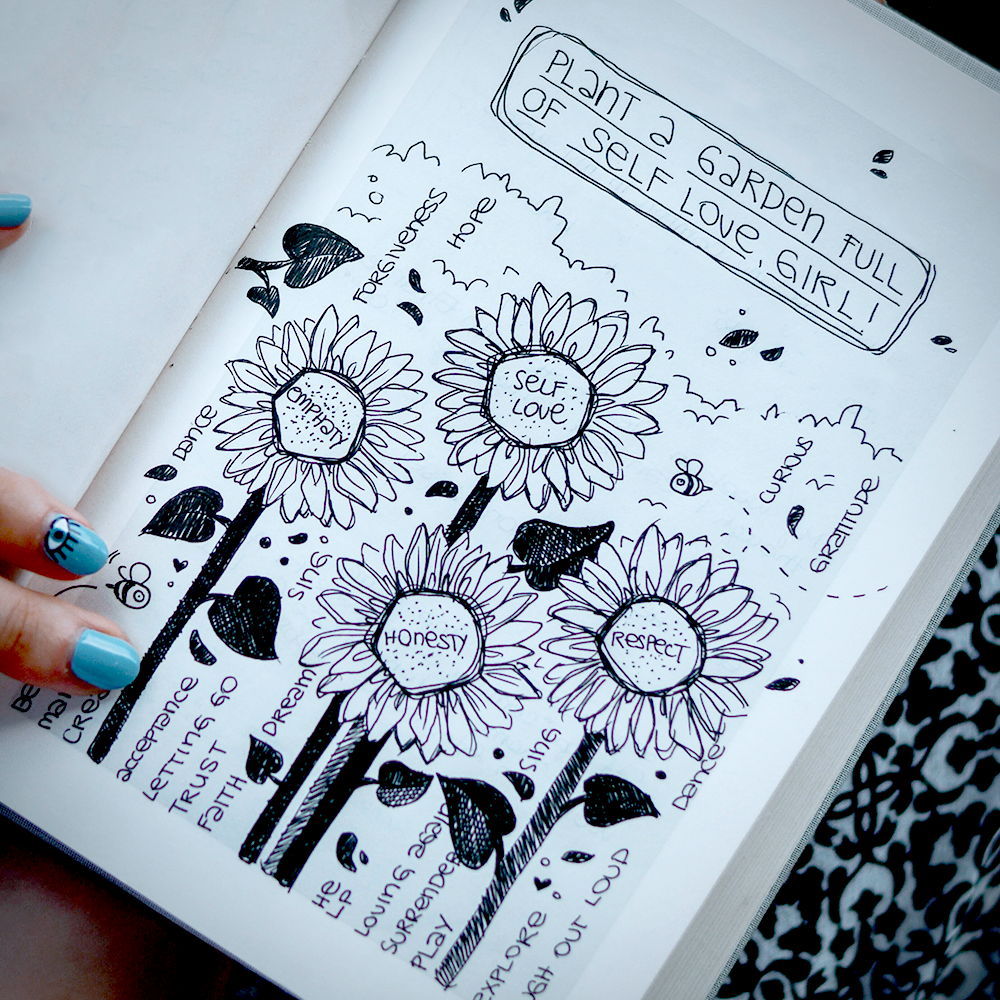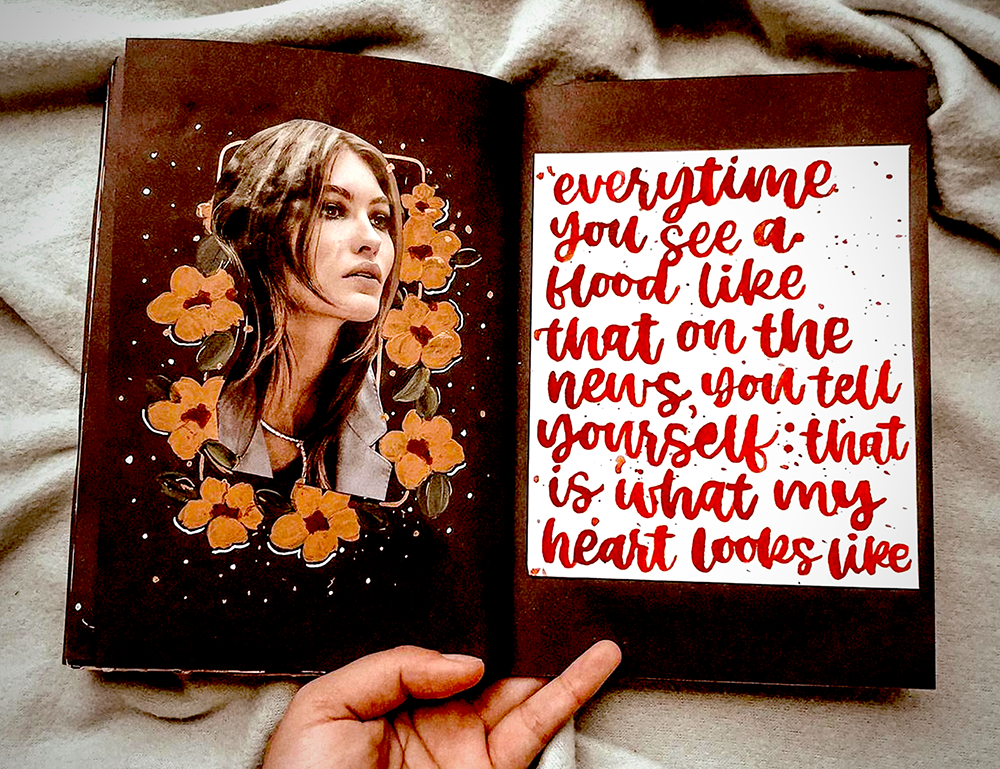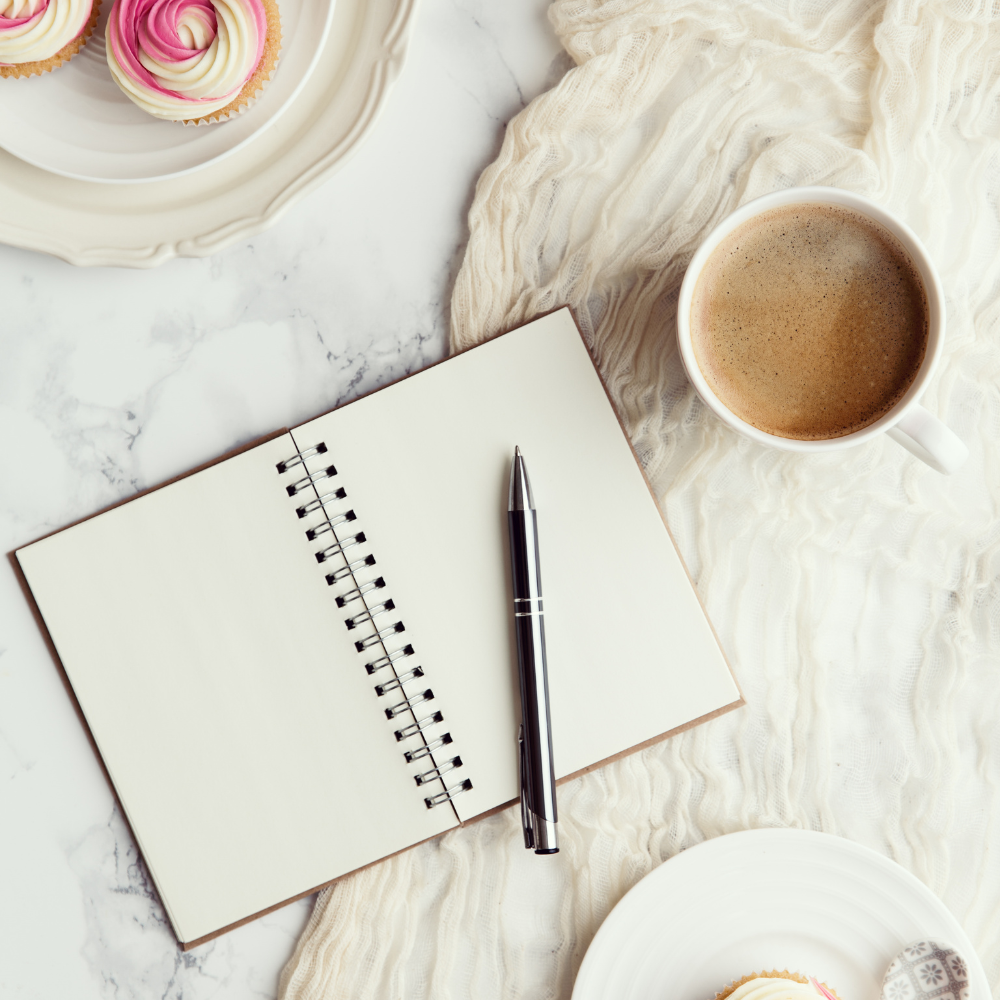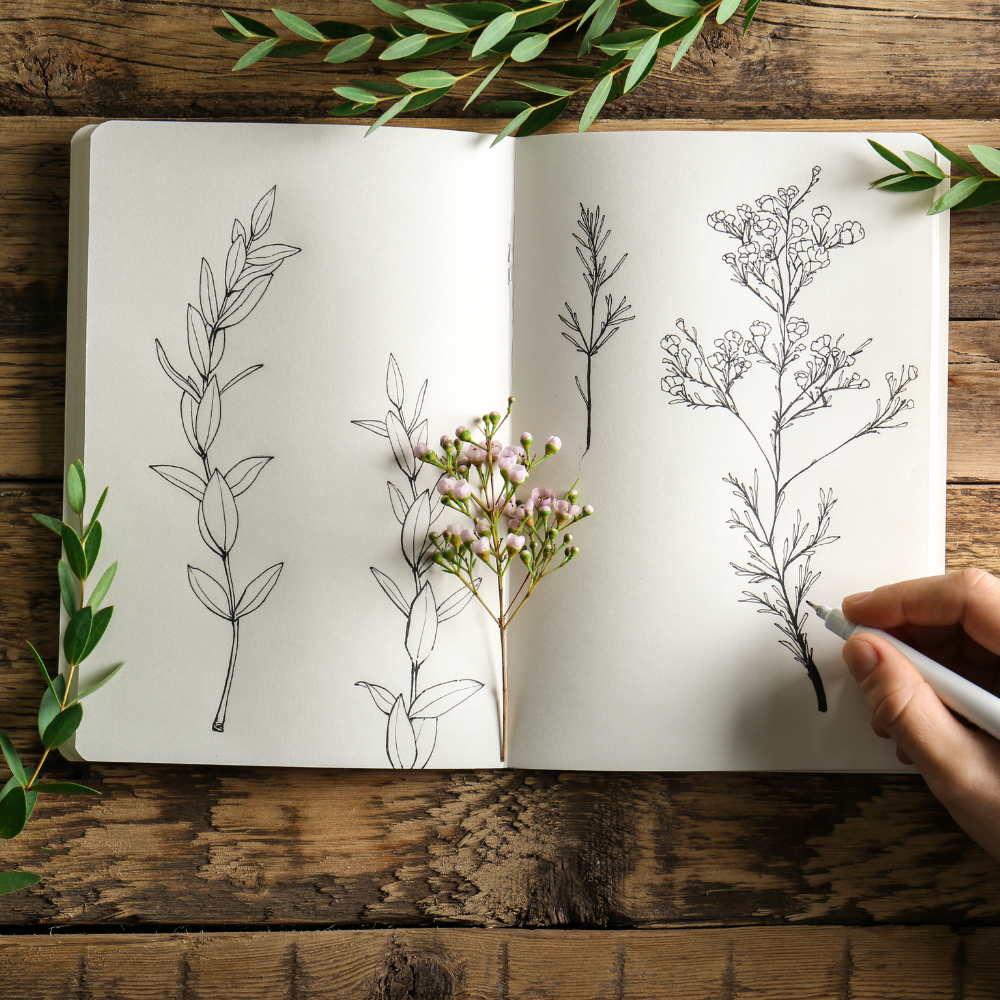Ah, the classic dilemma: is a sketchbook a journal?
As artists, our sketchbooks serve as windows into our creative journeys.
From doodles to fully rendered pieces, they chronicle the process, experiments, inspirations and breakthroughs we experience along the way.
But is a sketchbook solely a place for work and practice?
Or can it also be a personal creative diary of sorts - somewhere to freely jot down thoughts, ideas, influences and more outside of completed drawings and paintings alone?
This has long been a topic of discussion and debate within the artistic community.
Some view the sketchbook as strictly a place for recording visual ideas and exploring techniques through sketches.
But others see it as a multi-purpose notebook where the written word and imagery can interact and inform each other.
As artists, we know the importance of taking notes, documenting our inspirations, and turning fleeting ideas into long-term visions.
But with so many different types of journals and sketchbooks out there, it can be tough to understand the differences between them all.
With this post, we aim to explore both perspectives on this age-old great debate to help you think about the full potential of your very own creative chronicle.
Whether you're a seasoned professional or just starting to explore your creative side, by the end of this, you'll have a new understanding of what your sketchbook means - and how it can become your most treasured creative companion.
Stay tuned to hear opinions from working artists and learn tips for using your sketchbook as both a workspace and personal journal to supercharge your creativity!
The creative truth is about to be uncovered between these dotted lines!
Key Takeaways:
- Understand the nuanced differences and similarities between a sketchbook and a journal.
- Discover how artists and creatives use sketchbooks as a form of visual diary to document their creative journey.
- Learn about the various ways a sketchbook can be transformed into a journal through mixed media, writing, and personal mementos.
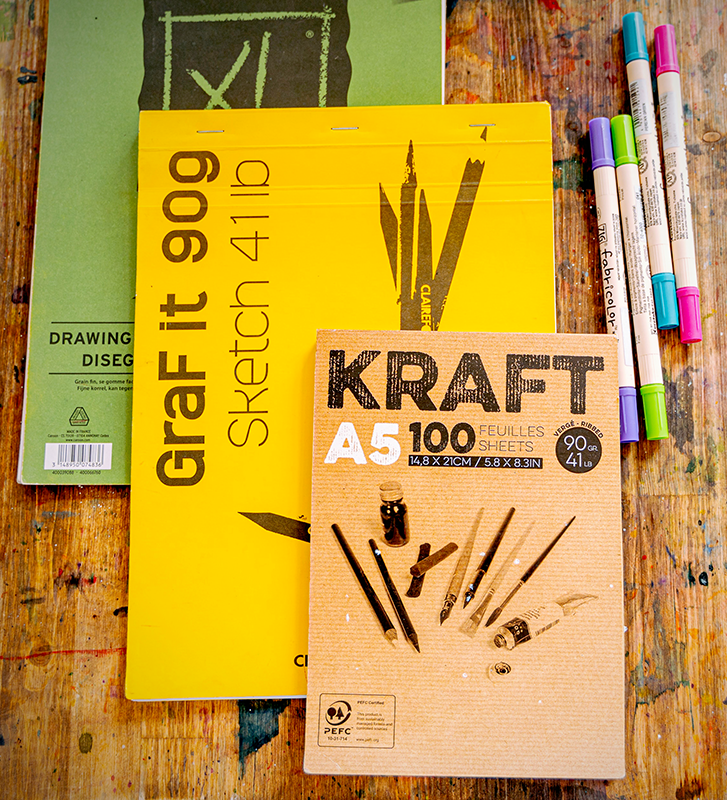
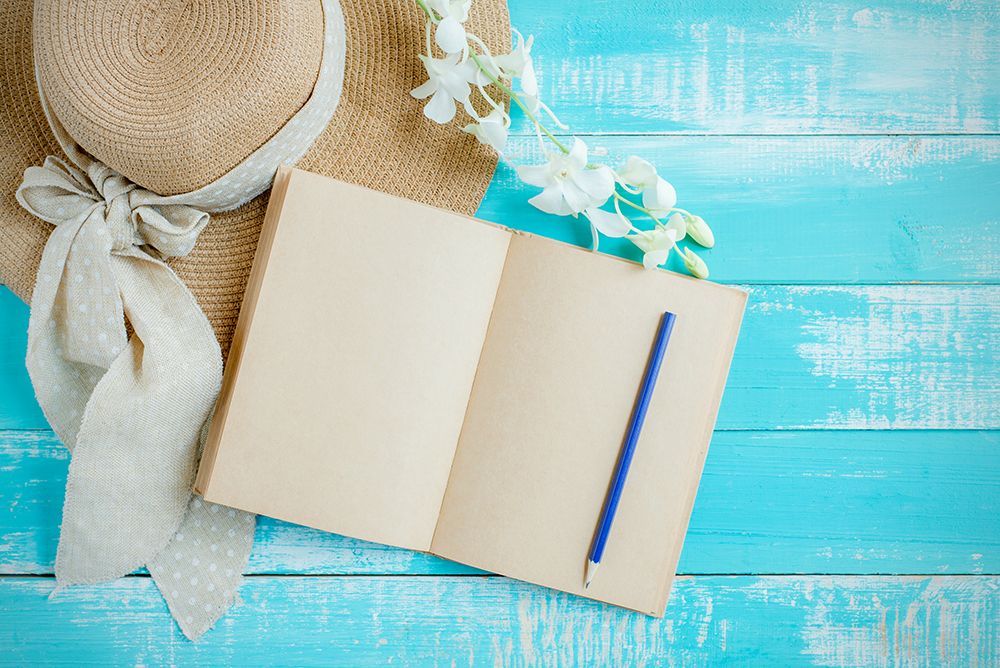
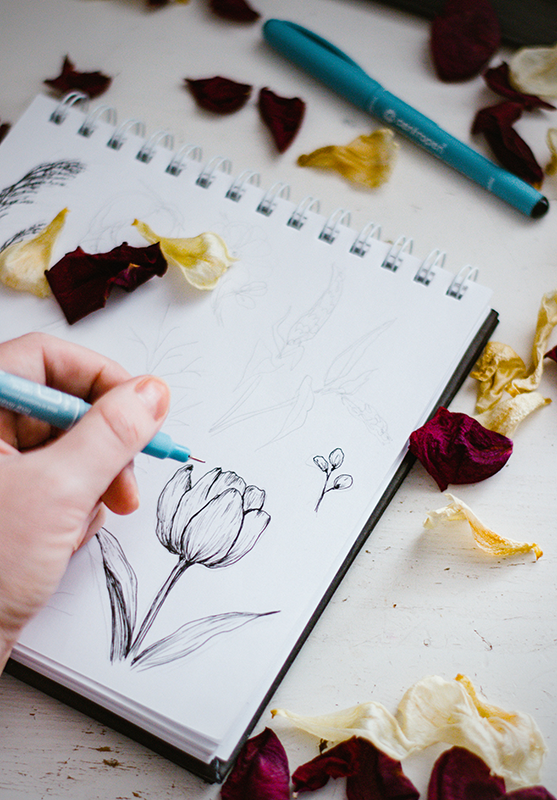
The Essence of a Sketchbook
Traditionally, a sketchbook specifically refers to a book or pad with blank paper used for sketching.
It is a haven for artists to scribble down new ideas, practice techniques, and develop larger projects.
The freedom of a full page in a sketchbook allows for experimentation with different mediums, from pencils and ink to watercolor and collage.
Sketchbook pages often become a visual record of an artist's growth and exploration.
They can also serve as a reference for future pieces, acting as a catalogue of ideas and inspiration.
Sketchbook as a Visual Diary
While a sketchbook is primarily meant for drawings and sketches, many artists treat it as a visual diary, capturing moments of inspiration with more than just lines.
They may include photos, ticket stubs, and even small notes that provide context to the images.
This practice blurs the lines between a traditional sketchbook and a journal, creating a mixed media chronicle of their artistic journey.
It allows for a deeper connection to the work, as well as a glimpse into the artist's thoughts and creative process.
Sketchbook as Workspace
Beyond being just a place to record ideas, a sketchbook can also serve as an essential workspace.
For many artists, it is where they experiment with new techniques or materials before fully implementing them in their larger works.
This form of practice and exploration is crucial to the creative process, allowing for personal growth and development as an artist.

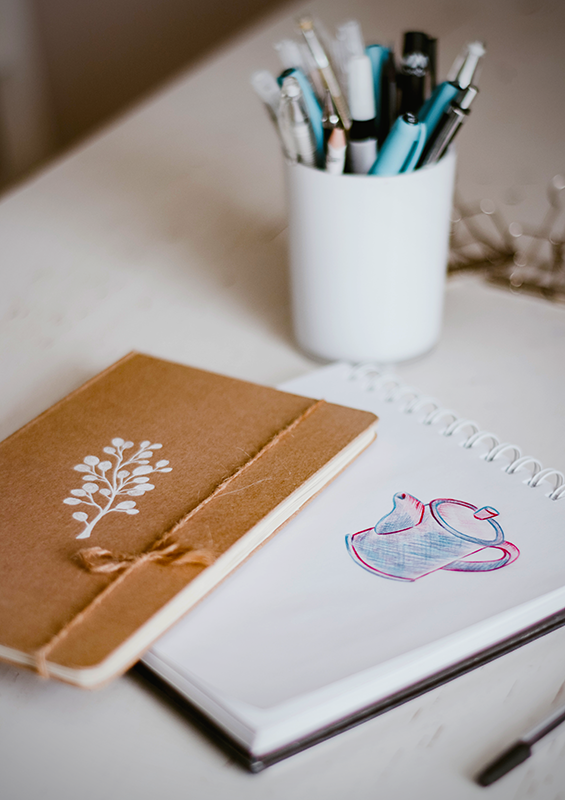
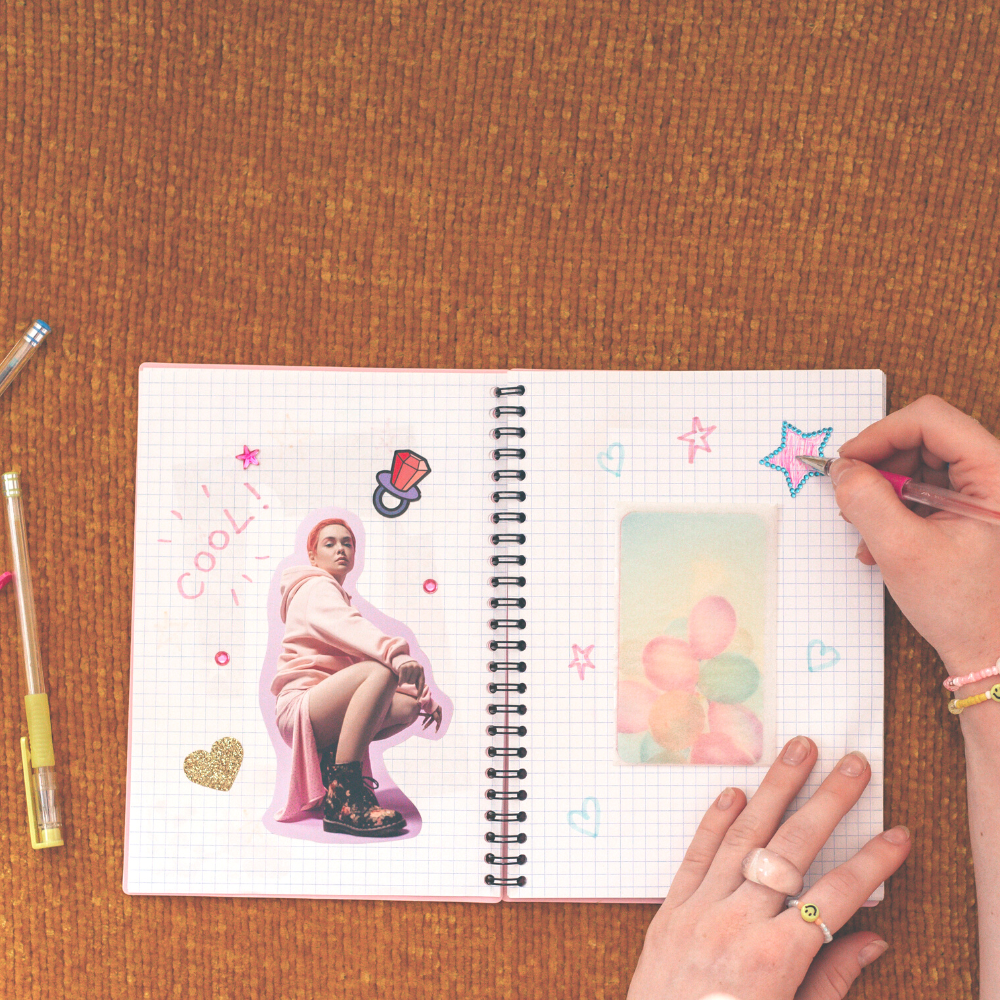
Defining a Journal
On the other hand, a journal is typically defined as a daily record or diary - a place to document thoughts, feelings, experiences, and reflections.
It can contain written entries or be filled with photos, tickets, sketches, and any other personal mementos.
Journals can be used for a variety of purposes, from self-reflection and goal setting to travel logs and gratitude lists.
It's a personal space where one writes down thoughts, experiences, and reflections.
However, art journals take this concept further by incorporating art style, illustrations, and even collage elements.
This form of journaling can be a great post for self-expression and capturing the world in a more tactile and visual form.
In some cases, the journal itself becomes a work of art.
The Intersection of Sketchbooks and Journals
While there are clear differences between the traditional definitions of a sketchbook and journal, many artists see their own sketchbooks as a blend of the two.
They view their sketchbooks as a place to work, experiment, and create while also incorporating written elements and personal reflections.
This overlap highlights the fluid and individual nature of creative chronicles.
The intersection of sketchbooks and journals occurs when artists decide to combine their visual work with words.
This can be a fun and interesting way to document the creative process, where the focus is not just on the final piece but also on the thoughts and inspirations behind it.
Artists may write about the techniques they used, the research that went into their work, or the life events that influenced their art.
There is no right or wrong way to use a sketchbook - it's all about finding what works for you!


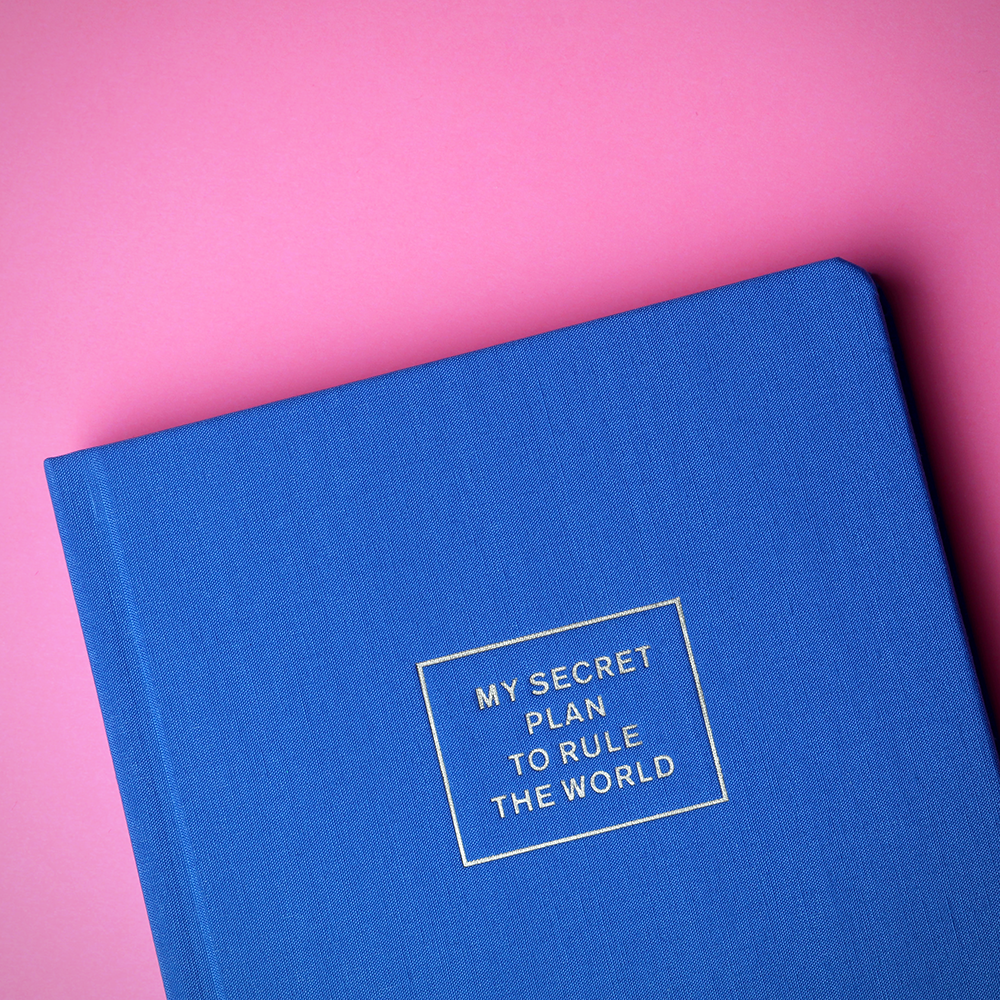
Materials and Art Supplies
The choice of art supplies can play a significant role in whether a sketchbook leans more towards being a journal.
For instance, the inclusion of pens and watercolor paints encourages the artist to create beyond sketches.
The paper quality in sketchbooks also matters, as it needs to accommodate different mediums without warping or bleeding through.
Artists may also choose to add personal touches, such as stickers or washi tape, to make their sketchbook more reflective of their personality and interests.
Intentional Journaling
Another way to transform a sketchbook into a journal is through intentional journaling.
This involves setting aside dedicated pages for writing and reflection, rather than just using the blank space for sketches alone.
Artists can use prompts, lists, or even creative writing exercises to turn their sketchbook into a thought-provoking and personal journal.
Mixed Media Galore
One of the most exciting aspects of combining a sketchbook with a journal is the potential for mixed media.
Mixed media in sketchbooks can transform them into a form of journal.
By adding elements like collage, ticket stubs, and pictures, artists create a more comprehensive record of their experiences.
This practice makes each sketchbook page a unique snapshot of a moment in time, much like a journal entry.
Integrating Text and Imagery in Sketchbooks
The integration of text and imagery in sketchbooks is a practice that can elevate the simple act of journaling to an art form in itself.
Artists often use pencil annotations to provide context to their illustrations, or they may paint over pages of text to create a layered effect.
This combination allows for a more profound reflection on the project at hand, as the visual and verbal elements complement each other.
The text can serve as an explanation or an extension of the visual idea, providing insight into the artist's thought process and emotional state during the creation of the piece.
Moreover, the use of text in sketchbooks can vary from brief notes and dates to elaborate stories or poems that accompany the artwork.
Some artists may decide to dedicate entire pages to writing, interspersed with sketches and illustrations, thus blurring the lines between a traditional journal and a sketchbook.
These practices are often shared on art blogs and websites, offering examples and inspiration to others.
The versatility of combining text and imagery allows each artist to tailor their sketchbook to their personal style and project needs, making each art journal unique.
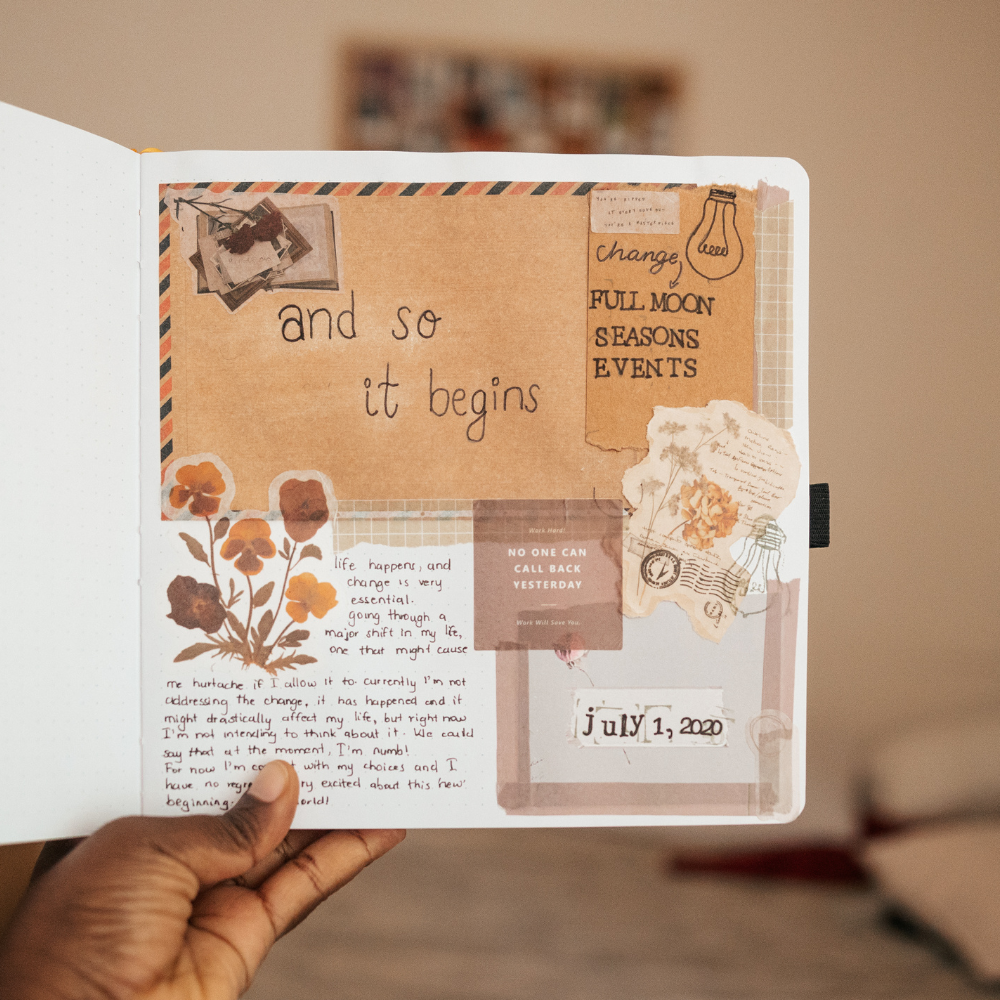
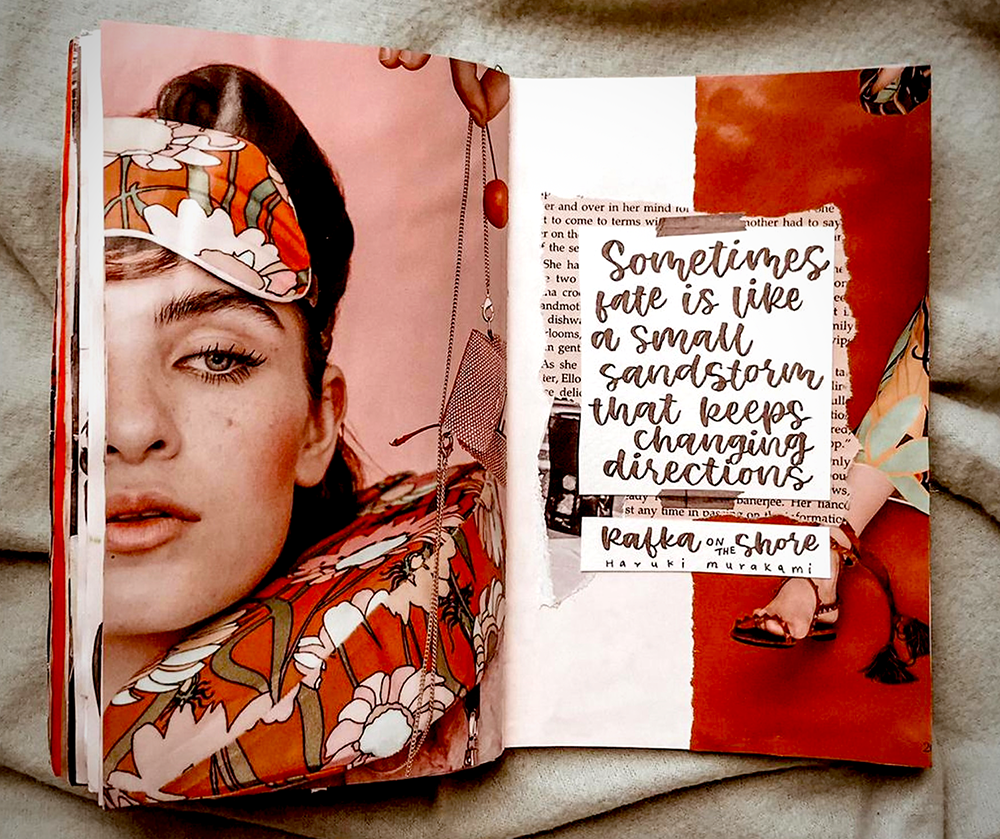

The Evolution of Art Journals
The concept of an art journal has evolved significantly over time, becoming a hybrid platform for artists to merge visual elements with written words.
Initially, art journals were primarily used by artists as a repository for preliminary sketches and ideas.
However, they have since transformed into a more complex form of expression, often resembling a storyboard or a narrative of one's artistic journey.
These journals serve as a testament to the evolution of an idea, showcasing the course from inception to completion.
They are not just a collection of random illustrations but a curated exhibition of growth and creativity.
Art journals have also found their way into the digital realm, with many artists deciding to share their progress and projects on blogs and websites.
This transition to online platforms has allowed for a broader audience to engage with the artist's work.
Examples of such digital art journals can be found across various social media sites, where weekly updates give followers a glimpse into the artist's workflow.
These online journals often include multimedia elements such as time-lapse videos of paintings or detailed blog posts explaining the techniques used.
Digital Sketchbooks: Bridging Traditional Art and Technology
In the digital age, the concept of a sketchbook has transcended paper and has found a new home on the web.
Digital sketchbooks, hosted on websites, offer artists the ability to incorporate multimedia elements into their pages.
This week, an artist might decide to blend traditional pen illustrations with digital enhancements, creating a hybrid form of art that resonates with contemporary audiences.
The ease of sharing these digital pages online allows for instant feedback and a wider reach, connecting artists with a global community.
The transition from paper to pixels has also revolutionized the way artists approach larger projects.
Digital tools enable the seamless development of complex illustrations that can be easily modified, unlike their traditional pen and paper counterparts.
For artists working on week-long projects or even more extended periods, digital sketchbooks provide a flexible platform to iterate and evolve their work.
As a result, the digital sketchbook has become an invaluable asset for artists looking to push the boundaries of their creative expression.
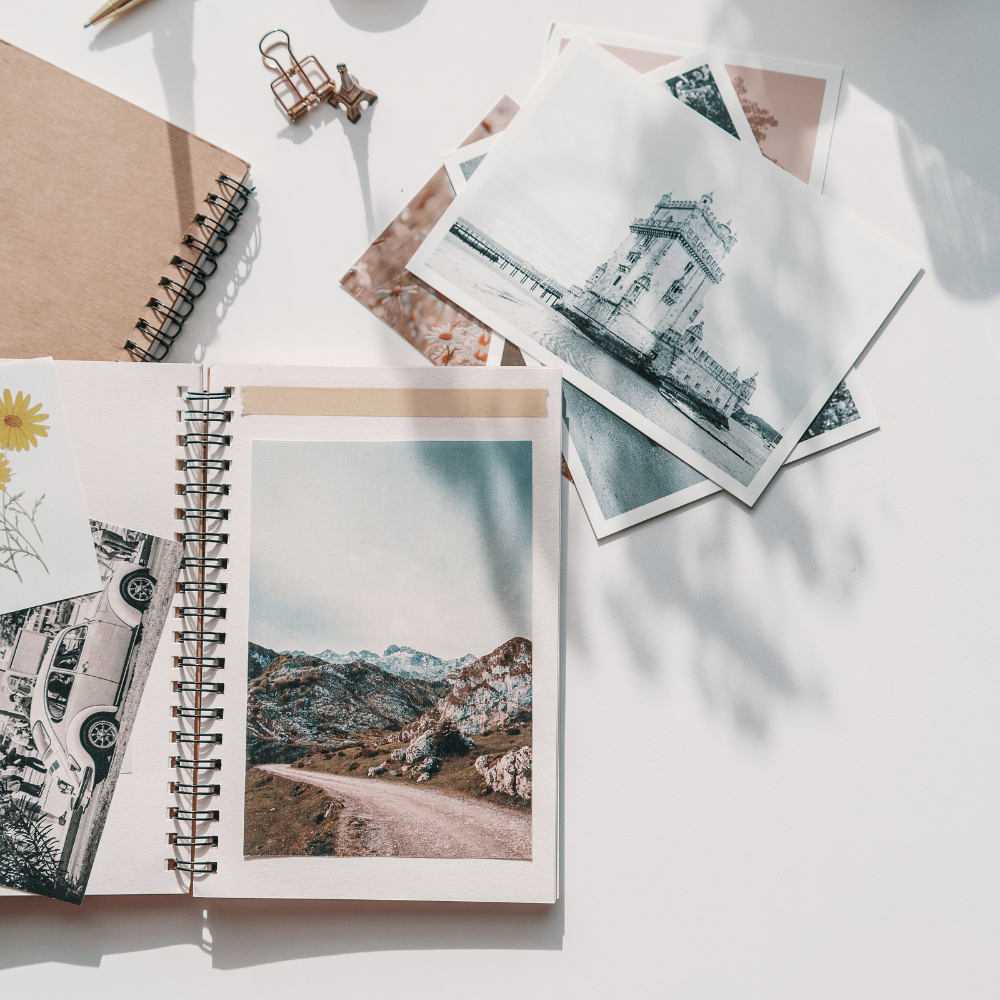
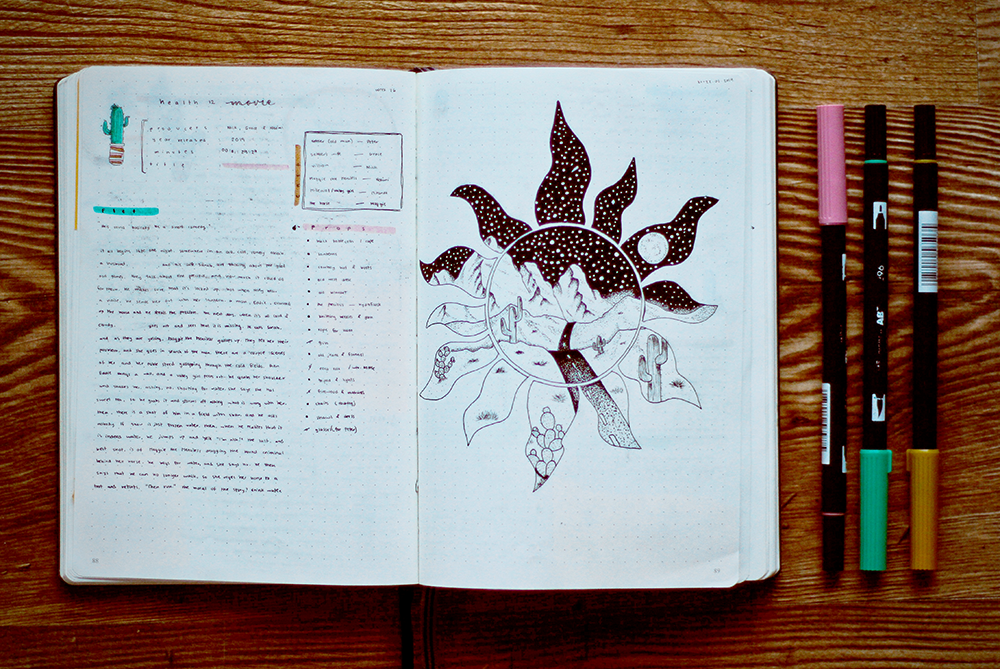
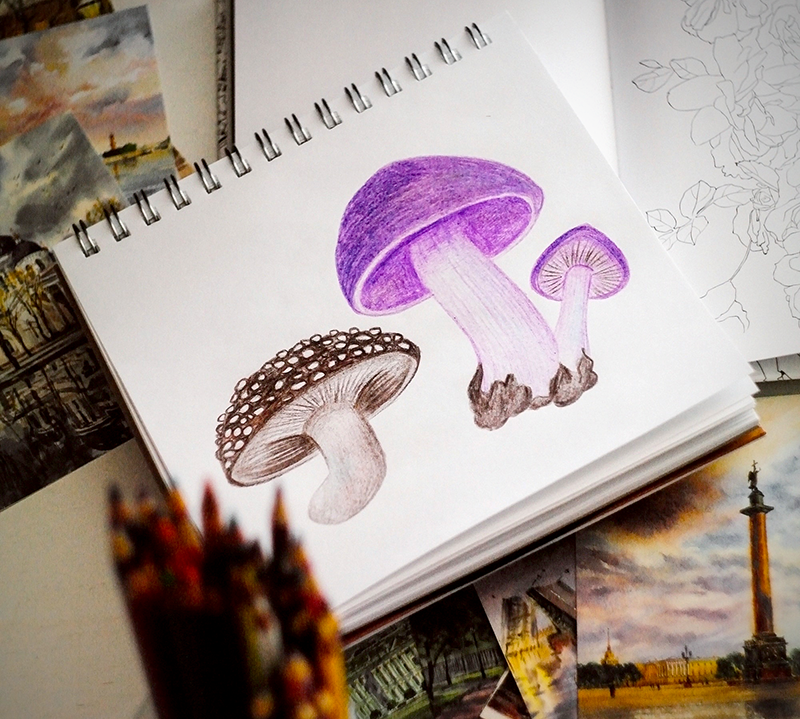
The Creative Process in Sketchbooks
Sketchbooks are often the starting point for new ideas and larger projects.
They are a space for artists to experiment without the pressure of creating a finished piece.
This aspect of the creative process is crucial, as it allows for free-flowing thoughts and the development of concepts that may later be expanded upon.
Art Style and Personal Expression
An artist's sketchbook can be a reflection of their art style and personal expression. It's a place to develop and refine one's style without constraints. Over time, these sketchbook pages can present a clear evolution of the artist's technique and aesthetic preferences.
The Role of Writing in Sketchbooks
Writing in sketchbooks is not uncommon.
Artists may jot down notes about their inspiration, the context of their work, or personal reflections.
These written elements add depth to the sketches and can turn a simple drawing into a story.
Experimentation and Technique
Sketchbooks offer a safe space to experiment with new techniques and mediums.
Whether it's trying out a new set of watercolor paints or practicing ink washes, the sketchbook is where artists can push their boundaries and learn through trial and error.
The process of experimentation and exploration is crucial to an artist's growth, both technically and creatively.
Larger Projects and Development
Sketchbooks can serve as the incubators for larger projects.
Artists often use them to flesh out ideas, create preliminary sketches, and plan out compositions before committing to a final piece.
This developmental stage is crucial in the artistic process.
Travel Journal: A World of Inspiration
Many artists use sketchbooks as travel journals, bringing them along on their adventures to document the world they encounter.
These sketchbooks become a collection of drawings, notes, and mementos that capture the essence of their travels, often in a more vivid and personal way than photographs alone could.

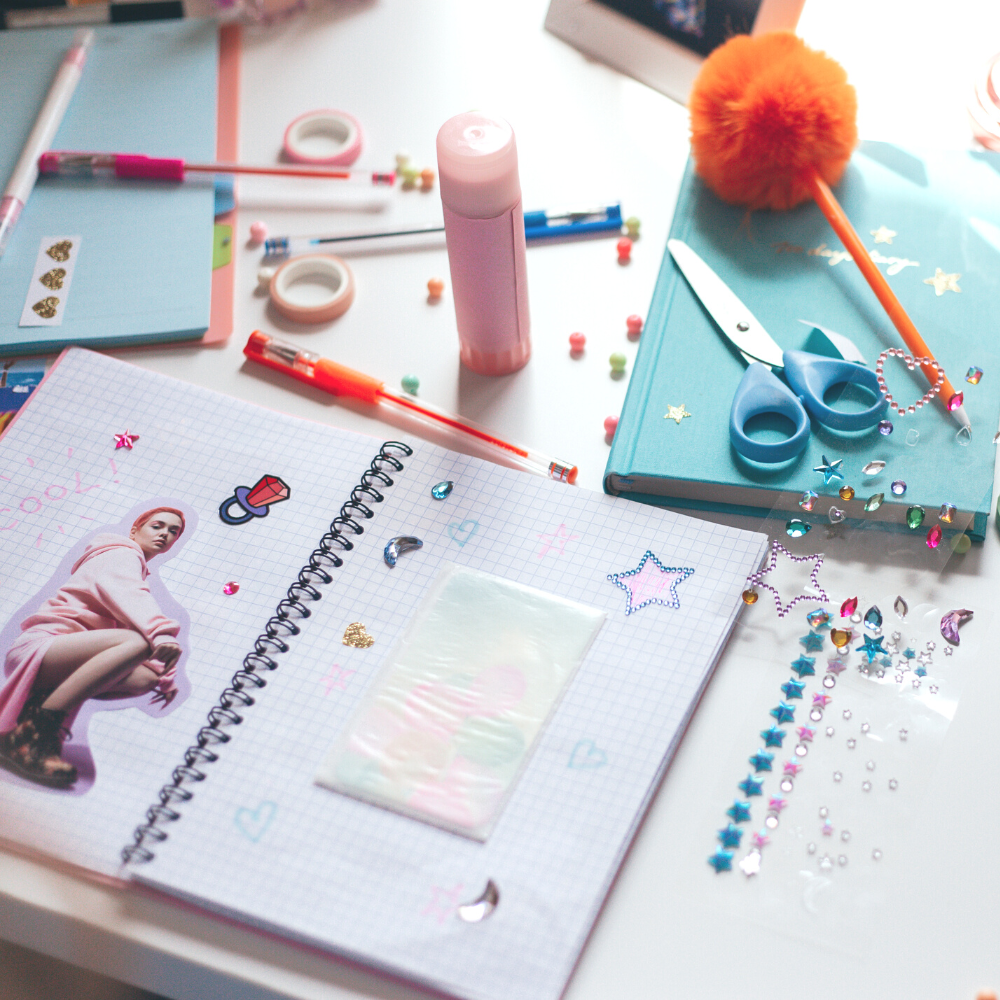

Difference Between Sketchbooks and Journals
While there is a crossover, the main difference between sketchbooks and journals lies in their primary use.
Sketchbooks are visual-centric, while journals focus on written words.
However, the line between the two can become blurred when artists infuse their sketchbooks with journal-like elements.
How an artist chooses to use their sketchbook is entirely up to them - some may lean more towards journaling, while others see their sketchbooks as a workspace.
Ultimately, the defining factor between the two is personal preference and intention.
Tips for Journaling with Your Sketchbook
If you're interested in merging your sketchbook with a journal, here are some tips to get started:
- Start small: Begin by incorporating small written elements into your sketches and gradually build up from there.
- Choose materials that inspire you: Whether it's colorful markers or vintage stamps, select materials that resonate with you and make the process more enjoyable.
- Set aside dedicated pages for reflection and writing: Consider adding prompts or lists to guide your journaling and make it a more intentional practice.
- Incorporate mixed media elements: Experiment with different mediums, textures, and collage elements to add depth and diversity to your sketchbook pages.
- Use prompts: If you're struggling to come up with what to write, use prompts or lists to get your creative juices flowing.
- Don't be afraid to experiment: There are no rules when it comes to art journaling. Don't be afraid to try new things and see what works for you.
Remember, there is no right or wrong way to use a sketchbook.
It's all about finding what works for you and using your journal as a space for self-expression and creative growth.
The important thing is to have fun, let your creativity flow, and make your sketchbook truly reflective of your unique artistic journey.
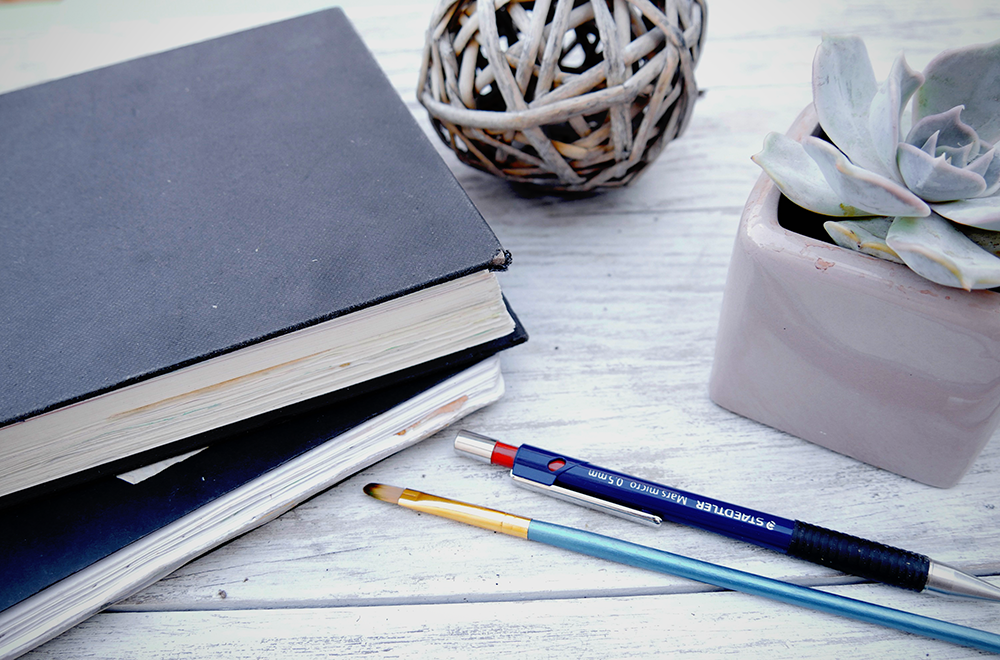
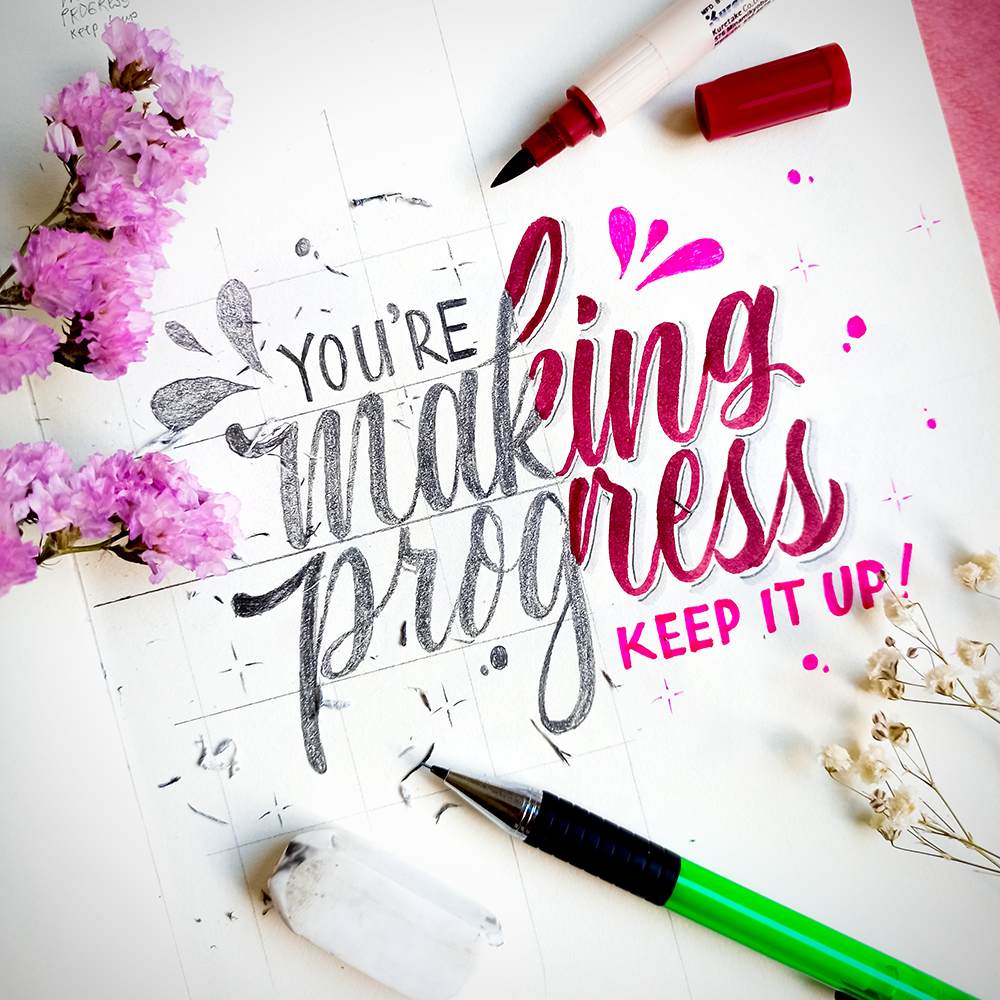
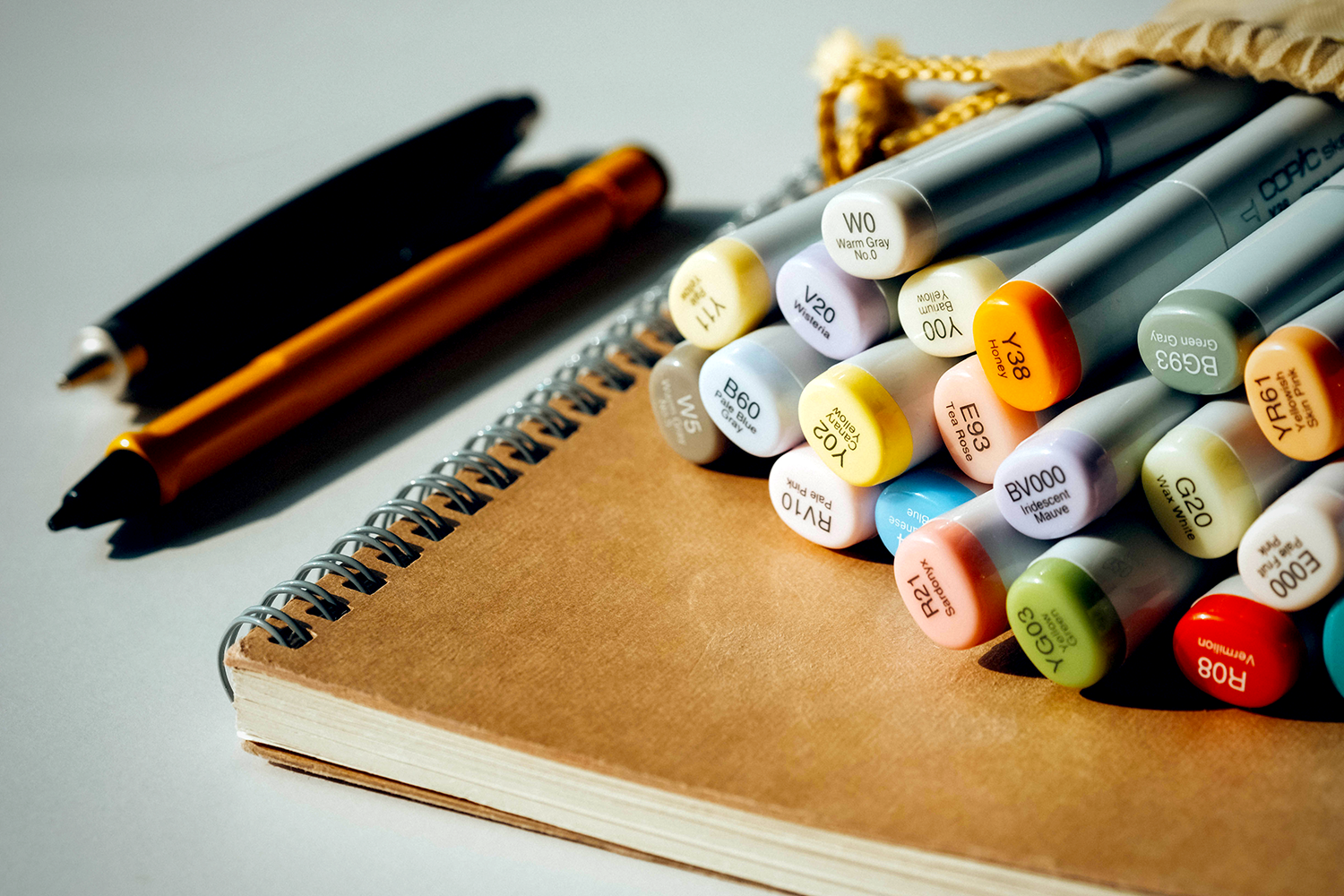
Sketchbooks: Perfect Blend of Art and Writing
In conclusion, the intersection of sketchbooks and journals is a perfect blend of art and writing.
It allows for artists to express themselves not only visually but also through words.
By combining these two forms, sketchbooks can become more than just a collection of drawings - they can become a form of self-expression, personal reflection, and
Sketchbooks and journals are powerful tools for artists looking to develop and express their creativity.
Artists use these chronicles to document their progress, reflect on their experiences, and experiment with new techniques.
While a sketchbook is traditionally a place for artists to draw and sketch, it can evolve into a journal through the inclusion of writing, mixed media, and personal elements; it can absolutely serve as a tool for personal reflection and creative expression.
The creative process, materials used, and the artist's intention all contribute to how a sketchbook is defined.
Ultimately, whether a sketchbook is considered a journal is a matter of personal perspective and how one chooses to use it.
Whether you’re a seasoned artist or just starting out, keeping a sketchbook can help you document your creative journey, test out new techniques, and reflect on your progress over time.
They offer an intimate glimpse into an artist's thoughts, feelings, and creative process - making each one a unique and personal artifact.
So go ahead, grab a sketchbook and start creating your next masterpiece!
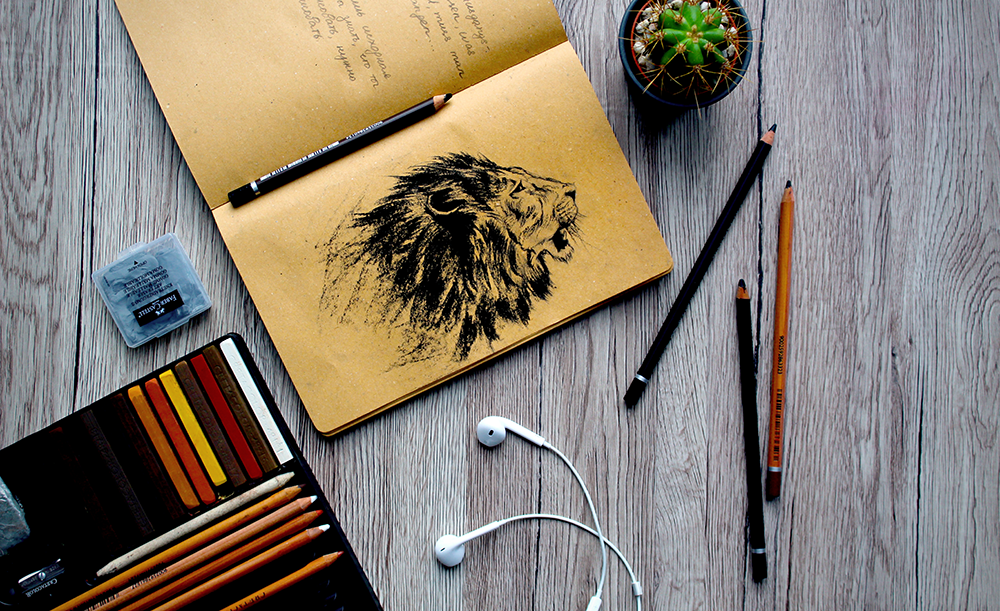
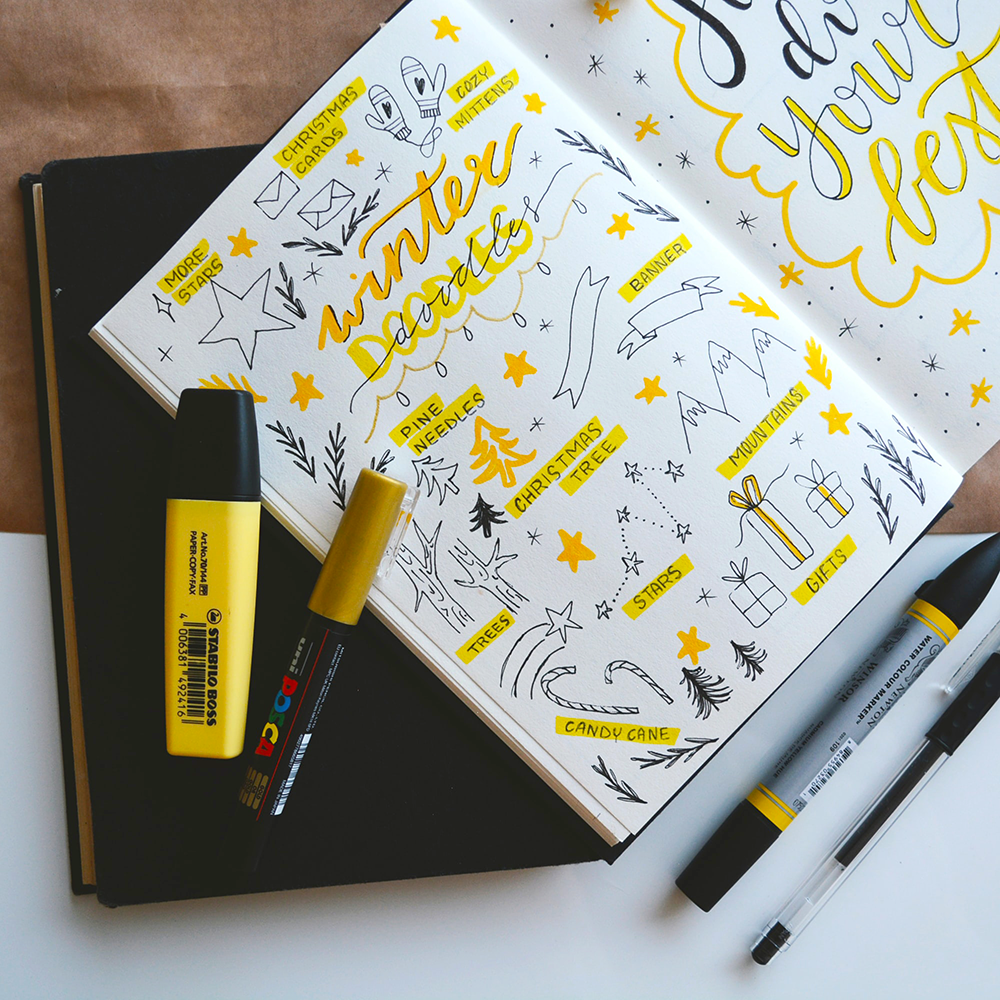
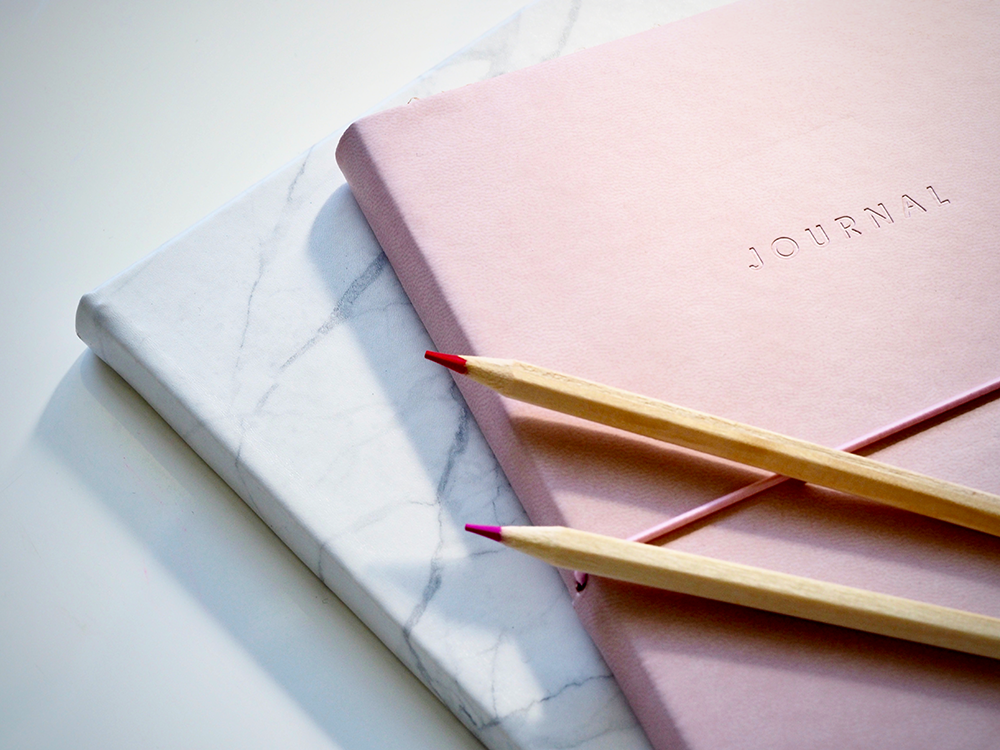
Ready to get started journaling? Check out Minnie Small's video!
Want even more content about creativity and art?
Be sure to check out all of our creative chronicles!
Eager to learn more about journals and sketchbooks?
Check out some of our other articles:
-How do you set up an art journal?
-What is the difference between a journal and an art journal?
-What's the difference between a sketchbook and an art journal?
